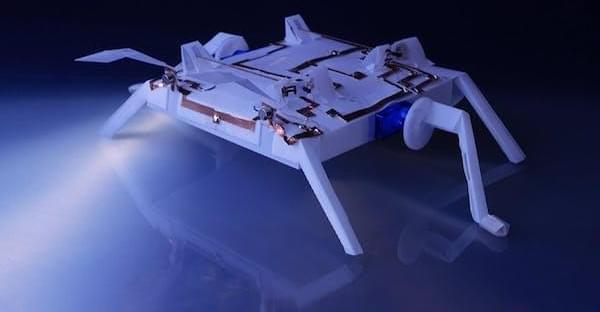Origami robots are autonomous machines that are constructed by folding two-dimensional materials into complex, functional three-dimensional structures. These robots are highly versatile. They can be designed to perform a wide range of tasks, from manipulating small objects to navigating difficult terrain. Their compact size and flexibility allow them to move in ways that traditional robots cannot, making them ideal for use in environments that are hard to reach.
Another notable feature of origami-based robots is their low cost. Because they are constructed using simple materials and techniques, they can be produced relatively inexpensively. This makes them an attractive option for many researchers and companies looking to develop new robotics applications.
There are many potential applications for origami robots. They could be used in search and rescue missions, where their small size and flexibility would allow them to navigate through rubble and debris. They could also be used in manufacturing settings, where their ability to manipulate small objects could be put to use in assembly lines.










Comments are closed.